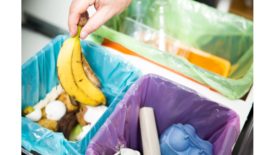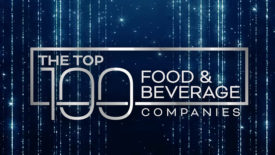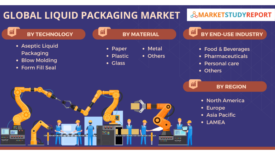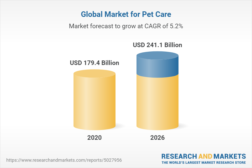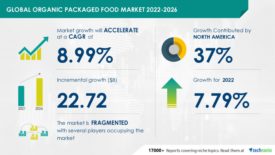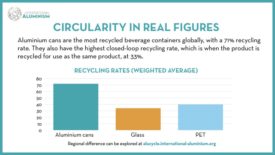Home » Keywords: » Research and Markets
Items Tagged with 'Research and Markets'
ARTICLES
Spotlight Feature
2022 Top 100 Food and Beverage Packaging Companies
Consumer behavior has changed significantly since last year. See which food and beverage corporations benefited from the change and which took a loss.
August 8, 2022

